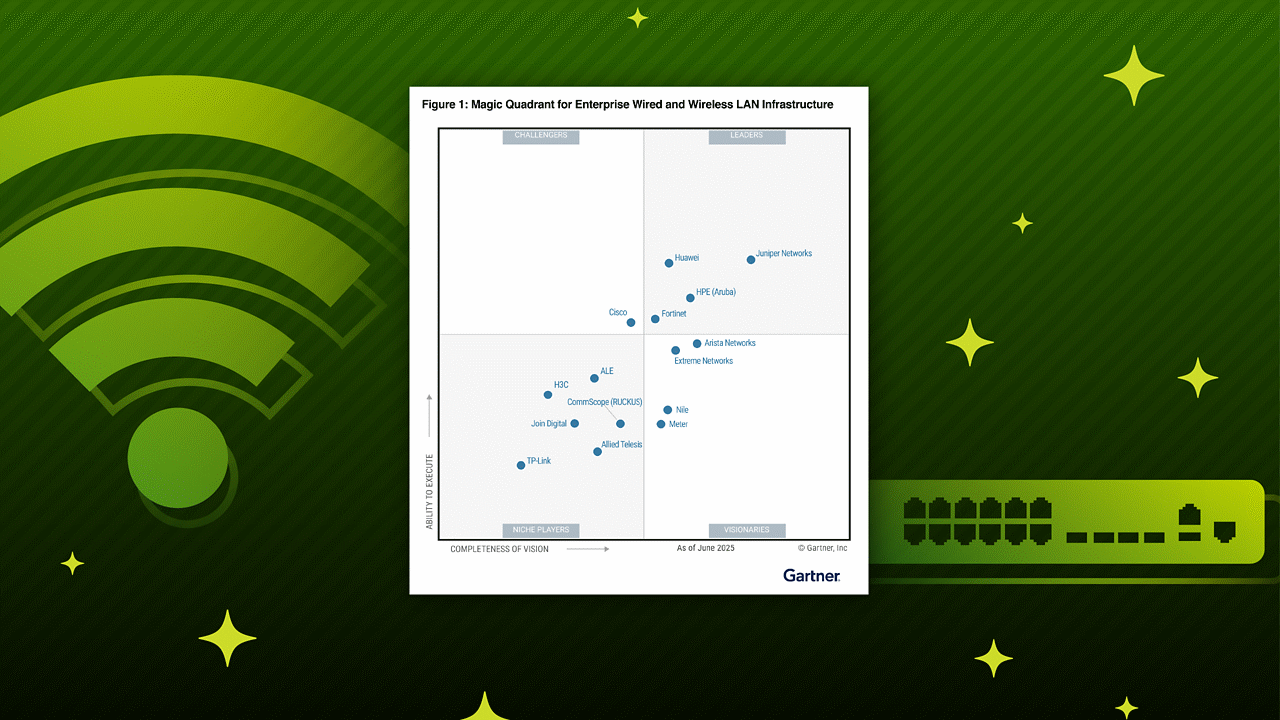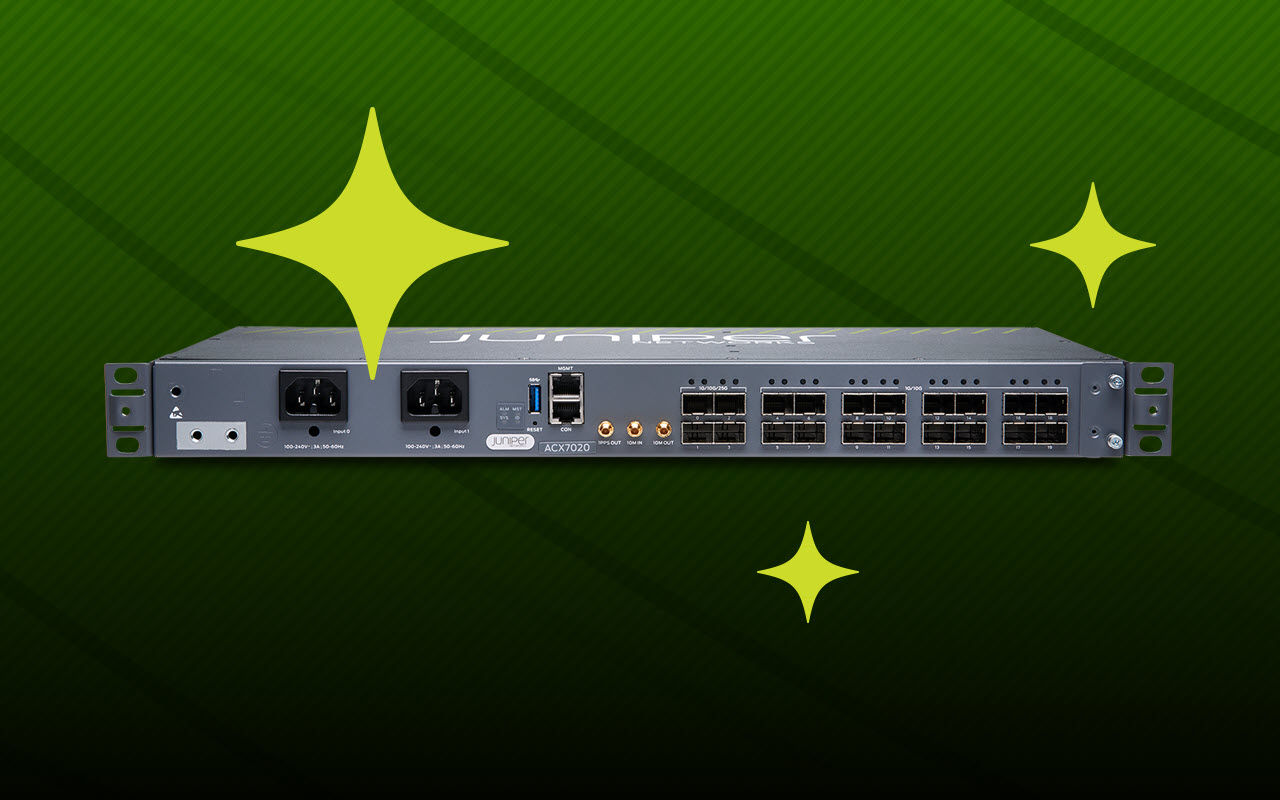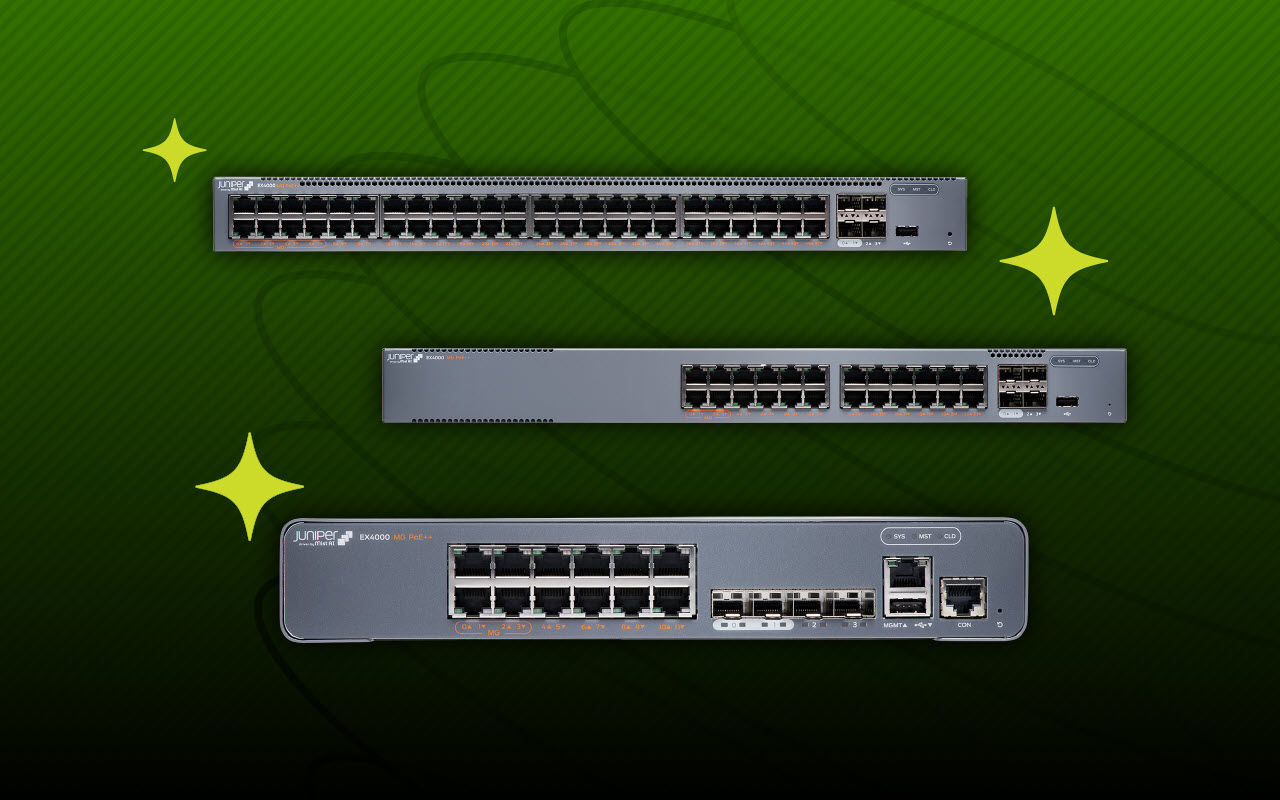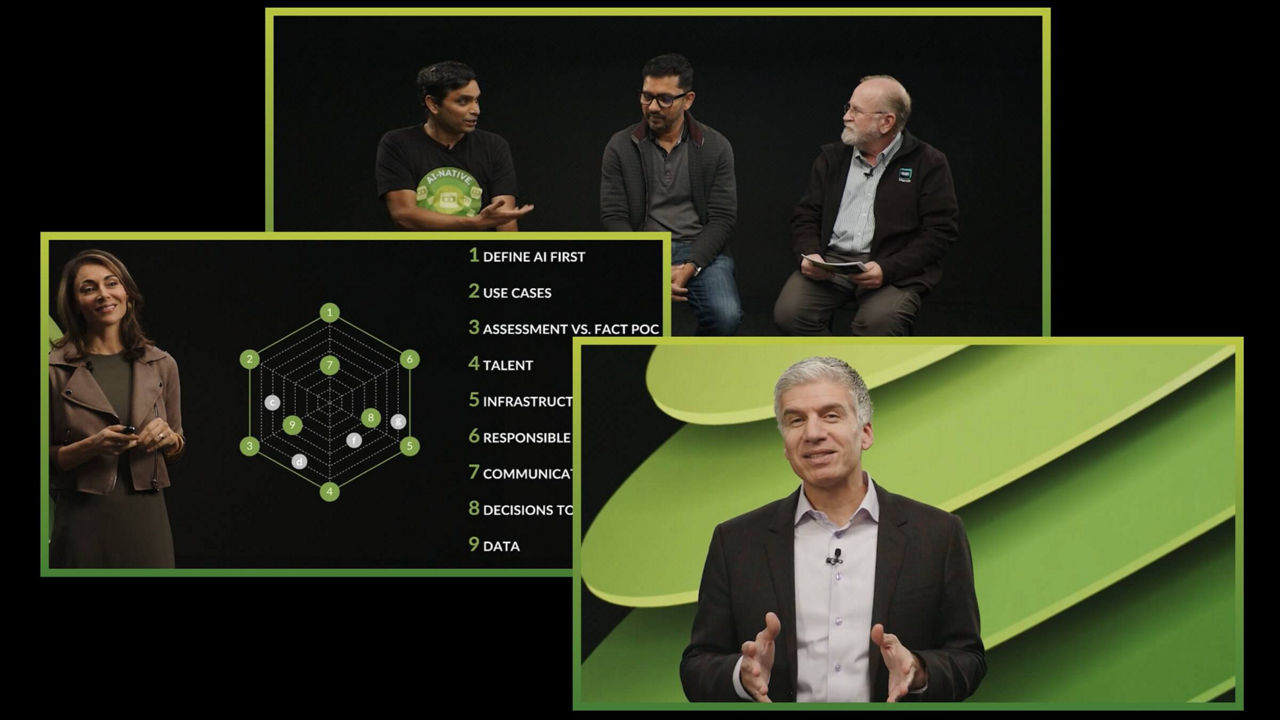Service Provider Routing and Switching, Specialist (JNCIS-SP)
Register NowAnnouncement
On February 2, 2026, there will be a new exam for the Juniper Networks Certified Specialist, Service Provider Routing and Switching (JNCIS-SP) certification. View the information for the new Service Provider Routing and Switching, Specialist (JN0-364) exam.
The Service Provider Routing and Switching track enables you to demonstrate a thorough understanding of networking technology in general and Juniper Networks service provider routing and switching platforms. JNCIS-SP, the specialist-level certification in this track, is designed for networking professionals with beginner to intermediate knowledge of routing and switching implementations in Junos. The written exam verifies your basic understanding of routing and switching technologies and related platform configuration and troubleshooting skills.
This track contains four certifications:
- JNCIA-Junos: Junos, Associate. For details, see JNCIA-Junos.
- JNCIS-SP: Service Provider Routing and Switching, Specialist. For details, see the sections below.
- JNCIP-SP: Service Provider Routing and Switching, Professional. For details, see JNCIP-SP.
- JNCIE-SP: Service Provider Routing and Switching, Expert. For details, see JNCIE-SP.
Exam Preparation
We recommend the following resources to help you prepare for your exam. However, these resources aren't required, and using them doesn't guarantee you'll pass the exam.
Recommended Training
Exam Resources
- Industry/product knowledge
- Juniper TechLibrary
Additional Preparation
Exam Objectives
Here’s a high-level view of the skillset required to successfully complete the JNCIS-SP certification exam.
|
Exam Objective |
Description |
|
Protocol-Independent Routing |
Identify the concepts, operation, or functionality of various protocol-independent routing components:
Demonstrate knowledge of how to configure, monitor, or troubleshoot various protocol-independent routing components:
|
|
Open Shortest Path First (OSPF) |
Identify the concepts, operation, or functionality of OSPF:
Demonstrate knowledge of how to configure, monitor, or troubleshoot OSPF:
|
|
Intermediate System to Intermediate System (IS-IS) |
Identify the concepts, operation, or functionality of IS-IS:
Demonstrate knowledge of how to configure, monitor, or troubleshoot IS-IS:
|
|
Border Gateway Protocol (BGP) |
Identify the concepts, operation, or functionality of BGP:
Demonstrate knowledge of how to configure, monitor, or troubleshoot BGP:
|
|
Layer 2 Bridging or VLANs |
Identify the concepts, operation, or functionality of Layer 2 bridging for the Junos OS:
Identify the concepts, benefits, or functionality of VLANs:
Demonstrate knowledge of how to configure, monitor, or troubleshoot Layer 2 bridging or VLANs:
|
|
Spanning-Tree Protocols |
Identify the concepts, benefits, operation, or functionality of Spanning Tree Protocol and its variants:
Demonstrate knowledge of how to configure, monitor, or troubleshoot STP and its variants:
|
|
Multiprotocol Label Switching (MPLS) |
Identify the concepts, operation, or functionality of MPLS:
Demonstrate knowledge of how to configure, monitor, or troubleshoot MPLS:
|
|
IPv6 |
Identify the concepts, operation, or functionality of IPv6:
Demonstrate knowledge of how to configure, monitor, or troubleshooting IPv6:
|
|
Tunnels |
Identify the concepts, requirements, or functionality of IP tunneling:
Demonstrate knowledge of how to configure, monitor, or troubleshoot IP tunnels:
|
|
High Availability |
Identify the concepts, benefits, applications, or requirements of high availability:
Demonstrate knowledge of how to configure, monitor, or troubleshoot high availability components:
|
Exam Details
Exam questions are derived from the recommended training and the exam resources listed above. Pass/fail status is available immediately after taking the exam. The exam is only provided in English.
Exam Code
JN0-363
Prerequisite Certification
Delivered by
Exam Length
90 minutes
Exam Type
65 multiple-choice questions
Software Versions
Junos OS 21.2
Recertification
Juniper certifications are valid for three years. For more information, see Recertification.






















